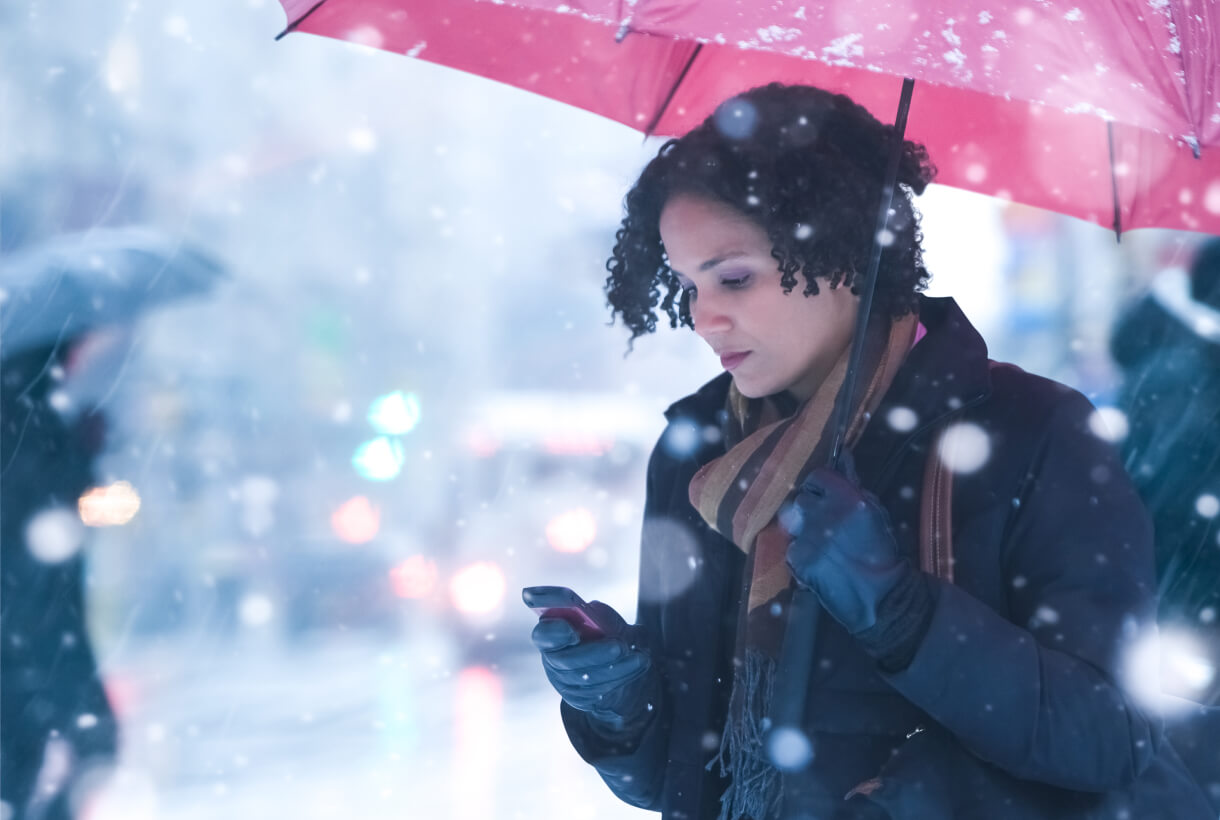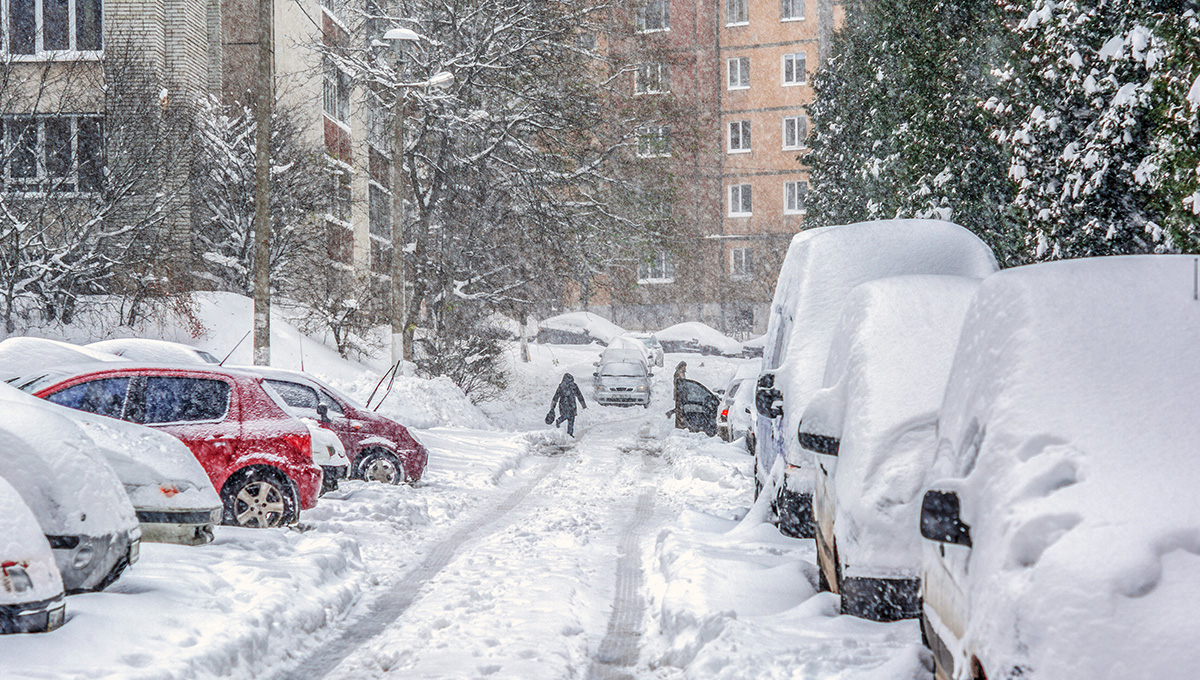NOAA’s recently released U.S. Winter Outlook predicts La Nina will contribute to wetter-than-average conditions in the North and drier-than-average conditions in the South during the 2024-2025 winter season. Yet winter weather can be unpredictable, and organizations are best served by taking a proactive approach to managing severe weather threats to their operations and their people.
Workers expect employers to prioritize their safety. The 2024 OnSolve by Crisis24 Employee Safety Survey found that the large majority (93 percent) of full-time employees feel their employer is responsible for their safety during working hours. And more than half (56 percent) of full-time workers feel there are scenarios when their employer is responsible for their safety outside of working hours. For example, 35 percent of full-time workers feel their employer is responsible for their safety at work-sponsored functions like holiday parties, happy hours, and team building events.
So, what should you do now to strengthen your employee safety and communications strategy and ensure you are meeting your employees’ expectations for keeping them safe and informed during the upcoming winter weather season?
Winter Weather Communications and Considerations
First things first. You don’t start building a house at the roofline. And you shouldn’t start there either when it comes to preparing for the serious impact of winter weather. Proactive risk management for winter weather begins with a plan for safety communications. This should be done well in advance of blizzard warnings and without ice storms breathing frigid air down your neck.
Start by evaluating last winter’s results. Reports should be easily accessible. Did your mass notification system function as planned? On the metrics dashboard, were you able to utilize all outreach modes, including email, text, phone and mobile app? Did you reach the right number of people? With analytics, you will be able to determine if contact information was current at the time the alerts went out and see any areas of improvement that are necessary.
If all of these elements aren’t working together, it’s time to rethink your winter weather communications strategy and the systems you have in place to support it.
The single most important crisis element is communications with your employees, so don’t leave contact updates to chance. Be sure your mass notification system integrates with your internal business applications and syncs with your employee directory on a regular schedule. This way, because data files are backed up daily, you know your important message will always reach your intended recipients. Once contact information is current and will stay that way, you can move on to updating other aspects of your plan.
Anticipate and Prepare Employees for Bad Weather
With an effective system for mass notification, you can craft pre-defined messages well in advance or pull from a library of templates. When the time comes, you can add the specifics and send the alert, saving valuable time and reducing the chances of error.
Likewise, your plan should include steps for activating response teams. For instance, you may prepare an alert about an incoming storm for plant management that includes instructions about how to shut down quickly and send employees home.
With a reliable system for winter weather communications, management will be able to quickly reach the right people using group messaging. No more wrong numbers or trying to track down the person who has the most current file. Employees can collaborate using task-based assignments, tracking and two-way communications. Key stakeholders have visibility to monitor the situation in real time.
Proactively Inform Employees About Winter Weather Plans
Severe storms may take down phone and power lines and leave cell towers without service. Employees can feel helpless when faced with no signal. It’s essential to their safety that they feel confident and know what steps to take if all else fails during a winter weather emergency.
A mass notification system will help you deliver alerts quickly through multiple channels, so you can proactively notify employees of where they can find more information as the situation progresses.
- Promote engagement on social media: Create winter weather communications to encourage employees to subscribe to your organization’s social channels in advance. Let them know they’ll be able to use it to check for information pertinent to them during a winter-weather event, like warnings, instructions and advisories.
- Improve accuracy of contact data: Ensure everyone has current contact information for their chain of command. If a leader is unavailable during an emergency, on-site employees may need a hotline number for urgent information about where to seek shelter, evacuation protocols and other weather-related updates.
- Implement an on-site emergency lead: Having safety officers or volunteer emergency captains on-site is beneficial. In addition to their first line leaders, employees working onsite should have the phone numbers, email addresses and building locations for these individuals, as well as any certified first responders who may be on staff.
Reduce worry and risk for employees by conveying policies related to winter weather clearly and in advance. This includes when to come into the office versus when to stay home, what to do if communication is difficult, what to expect if offices close and how the company will handle pay and time off. By providing employees with this information up front, you can assure them their safety and security is your number one priority.
Winter weather can be fierce and destructive. The right strategy and a system to carry it out can help minimize the impact and protect your people, places and property when every minute counts.
To learn more, check out our Winter Weather Preparedness Kit.


